No results found
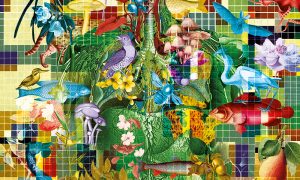
A holistic approach to preserving our health – and our planet’s
The upcoming 22nd EMBL Science & Society Conference will explore the One Health approach, which advocates for greater cross-sectoral collaboration and communication across the human-animal-environment interface.
CONNECTIONS2021
connectionsevents
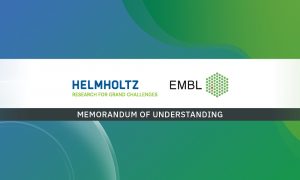
EMBL and Helmholtz Health join forces
EMBL and Helmholtz Association have signed a memorandum of understanding. The expanded collaboration of both institutions will focus on research related to health.
CONNECTIONSLAB MATTERS2021
connectionslab-matters

EMBL’s response to the coronavirus outbreak
EMBL is committed to providing a safe and healthy working environment for our staff and visitors.
EMBL ANNOUNCEMENTSLAB MATTERS2020
embl-announcementslab-matters
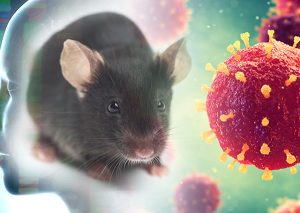
Pinpointing rare disease mutations
New resource that categorises genes essential for supporting life could be used to identify rare disease mutations
SCIENCE & TECHNOLOGY2020
sciencescience-technology

Ageing and disease
Dame Janet Thornton presents the 2019 EMBL Insight Lecture: Ageing and disease – what is the link?
SCIENCE & TECHNOLOGY2020
eventsscience-technology
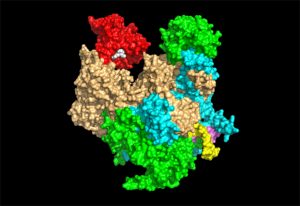
Futures: Unravelling influenza
ERC grantee Stephen Cusack shares his vision for the next ten years
SCIENCE & TECHNOLOGY2017
sciencescience-technology

Fish on fire
New study by Paola Kuri and Maria Leptin shows how inflammation happens in zebrafish in real time
SCIENCE & TECHNOLOGY2017
sciencescience-technology
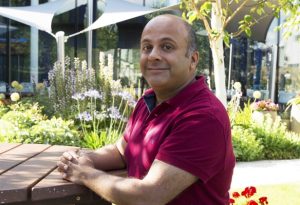
Welcome: Zamin Iqbal
The Iqbal research group hopes to build a 'Google of bacteria' to help better interpret the genome
PEOPLE & PERSPECTIVES2017
people-perspectivesscience
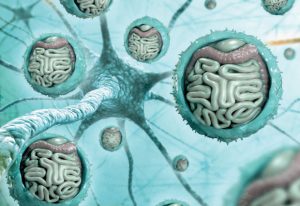
How bacteria affect your wellbeing
Science and Society event answers controversial questions about gut microbes
SCIENCE & TECHNOLOGY2017
eventsscience-technology
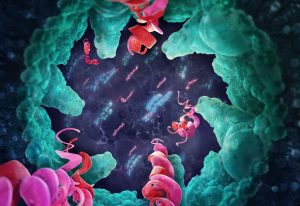
Structure of key system for TB infection
EMBL scientists add crucial knowledge to understanding of the bacterium that causes tuberculosis
SCIENCE & TECHNOLOGY2017
sciencescience-technology
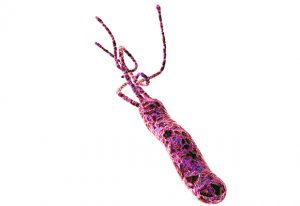
Cell division offers hope to fight antibiotic resistance
Keeping bacterial chromosomes tangled could lead to new approaches to treatment
SCIENCE & TECHNOLOGY2017
sciencescience-technology
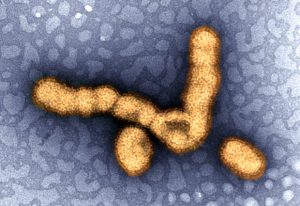
How flu steals your RNA
Understanding how the flu virus steals host RNA offers hope of new drugs
SCIENCE & TECHNOLOGY2016
sciencescience-technology
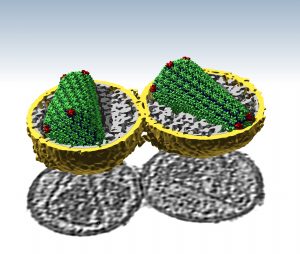
Structure of HIV capsid within virus visualised
EMBL scientists use new techniques to describe the architecture of conical HIV capsids
SCIENCE & TECHNOLOGY2016
sciencescience-technology
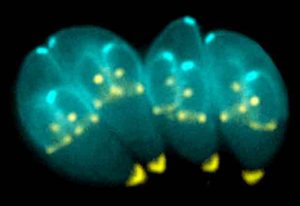
Toxoplasma’s balancing act explained
Parasite’s method of rewiring our immune response leads to novel tool for drug tests
SCIENCE & TECHNOLOGY2016
sciencescience-technology
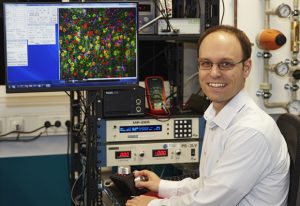
Welcome to EMBL: Robert Prevedel
Robert Prevedel develops deep-tissue microscopy for scientists to peer deep inside living organisms
PEOPLE & PERSPECTIVES2016
people-perspectivesscience
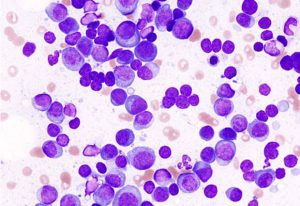
Turning up the heat on drug side effects
Side-effects of leukaemia drug explained, reveal possibility of repurposing to treat other diseases
SCIENCE & TECHNOLOGY2016
sciencescience-technology
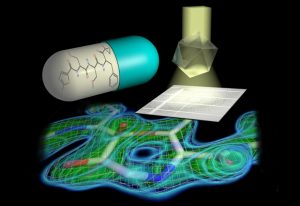
Blocking the waste disposal unit
Detailed structure paves the way for more effective cancer therapies
SCIENCE & TECHNOLOGY2016
sciencescience-technology
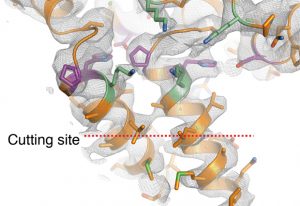
How new HIV drugs lock virus in immaturity
Study provides insights into workings of new HIV drugs and how virus becomes resistant
SCIENCE & TECHNOLOGY2016
sciencescience-technology
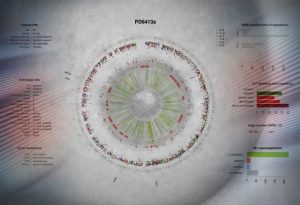
Towards personalised breast cancer treatment
Largest-ever study of breast cancer genomes reveals new genes and mutations
SCIENCE & TECHNOLOGY2016
sciencescience-technology
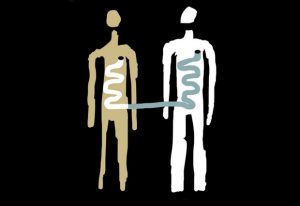
Poo transplants better understood
Stool transplants: finding the right match important, EMBL study shows
SCIENCE & TECHNOLOGY2016
sciencescience-technology
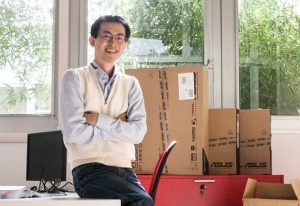
Welcome: Hiroki Asari
Why does a cookie look different depending on how hungry you are? Neuroscientist Asari wants to find out
PEOPLE & PERSPECTIVES2016
people-perspectivesscience

Designing gene therapy
Information on structure of molecule used for genome engineering yields increased efficiency
SCIENCE & TECHNOLOGY2016
sciencescience-technology

Better tools for exploring TB protein structures
How an EMBL team is making and sharing tools to explore tuberculosis protein structures
SCIENCE & TECHNOLOGY2016
sciencescience-technology
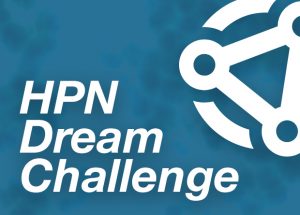
DREAM shadows: chasing down disease networks
“It’s a bit like drawing a picture of an intricate object just by looking at its shadow on the wall."
SCIENCE & TECHNOLOGY2016
sciencescience-technology
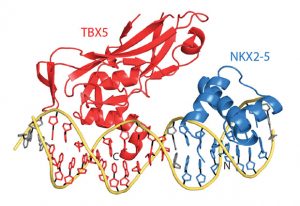
True Love
How transcription factors interact to create a heart
SCIENCE & TECHNOLOGY2016
sciencescience-technology

The cellular crystal factory
Hamburg collaborators analyse protein crystals inside the cells that made them.
SCIENCE & TECHNOLOGY2016
sciencescience-technology

One gene, two proteins, one complex
Further insights into how viral enzymes degrade the cell walls of Clostridia bacteria.
SCIENCE & TECHNOLOGY2016
sciencescience-technology

Target Validation platform launches
Identifying evidence-based relationships between drug targets and diseases.
CONNECTIONSLAB MATTERS2015
connectionslab-matters
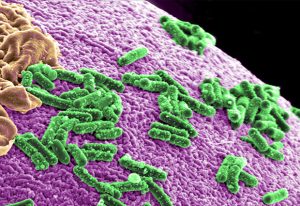
Drugging bacteria
Commonly used diabetes drug metformin impacts gut bacteria more than disease itself
SCIENCE & TECHNOLOGY2015
sciencescience-technology
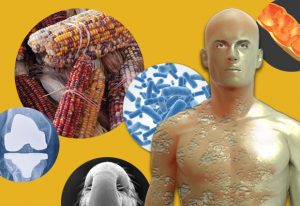
What makes us human? Or not…
From jumping genes to organ transplants, the non-human features that make us human.
SCIENCE & TECHNOLOGY2015
sciencescience-technology
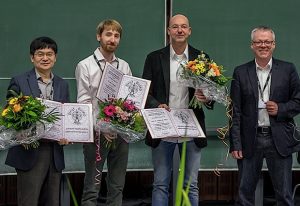
Awards & Honours
EMBL scientists regularly receive prestigious awards – meet the latest honourees.
EMBL ANNOUNCEMENTSLAB MATTERS2015
embl-announcementslab-matters
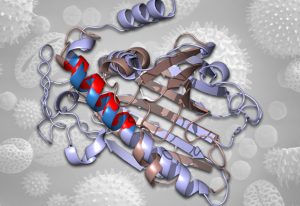
Allergy: the price of immunity?
Findings help demonstrate the evolutionary basis for allergy.
SCIENCE & TECHNOLOGY2015
sciencescience-technology

Mini DNA sequencer tests true
Evaluation of MinION™ sequencer finds performance and reliability consistently good.
SCIENCE & TECHNOLOGY2015
sciencescience-technology

Clearing a path for cancer research
New computational method to study biological signalling networks in healthy and cancer cells.
SCIENCE & TECHNOLOGY2015
sciencescience-technology

Welcome: Moritz Gerstung
New group explores why patients with same cancer exhibit unique constellations of genetic mutations.
LAB MATTERSPEOPLE & PERSPECTIVES2015
lab-matterspeople-perspectives

Awards & Honours
EMBL scientists regularly receive prestigious awards – meet the latest honourees.
EMBL ANNOUNCEMENTSLAB MATTERS2015
embl-announcementslab-matters
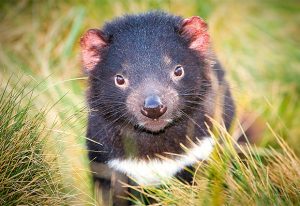
Branches: Sympathy for the devil
A contagious cancer threatens the Tasmanian devil – extract from Science in School journal.
LAB MATTERS2015
eventslab-matters
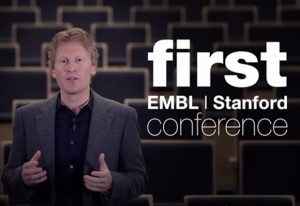
Make it personal
Leading scientists will gather in Heidelberg this November to discuss the potential of personalised health.
CONNECTIONS2015
connectionsevents
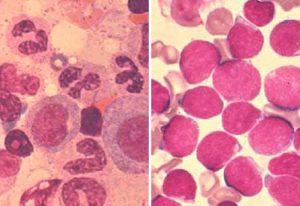
From patients to the lab (and back)
Multidisciplinary research provides clues to new treatments for deadly form of leukaemia in children
SCIENCE & TECHNOLOGY2015
sciencescience-technology

Iron regulators join war on pathogens
Iron regulatory proteins play important role in combatting infection, protecting against Salmonella.
SCIENCE & TECHNOLOGY2015
sciencescience-technology
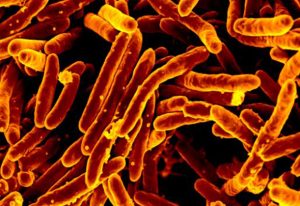
Attack from all sides
Hamburg-led tuberculosis study demonstrates the power of collaboration.
SCIENCE & TECHNOLOGY2015
sciencescience-technology

The battle for iron
New way mice starve pathogens raises alternative approach to treatments for anaemia of chronic disease
SCIENCE & TECHNOLOGY2015
sciencescience-technology
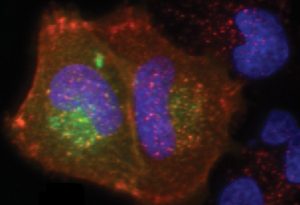
Beyond sequencing
New microscopy-based method goes beyond gene sequencing, pinpointing the cause of disease.
SCIENCE & TECHNOLOGY2015
sciencescience-technology
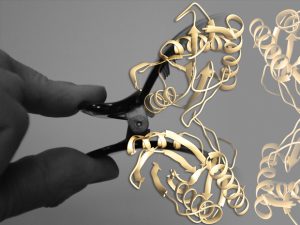
‘Hairclip’ protein mechanism explained
Research led by Teichmann group identifies fundamental mechanism for controlling protein function.
SCIENCE & TECHNOLOGY2015
sciencescience-technology
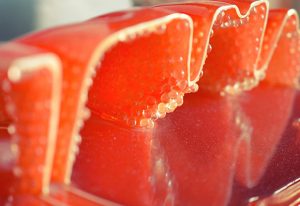
How to fix a cellular powerhouse
Compound that can restore the function of poorly working mitochondria, with therapeutic potential.
SCIENCE & TECHNOLOGY2014
sciencescience-technology

20 years in the making
First complete picture of flu virus polymerase. A story of two decades of blood, sweat and sneezes.
SCIENCE & TECHNOLOGY2014
sciencescience-technology
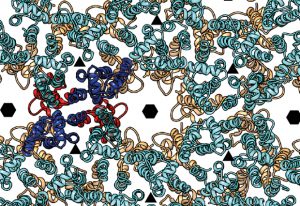
Same pieces, different picture
Unprecedented detail on HIV structure continues virus’ string of surprises.
SCIENCE & TECHNOLOGY2014
sciencescience-technology
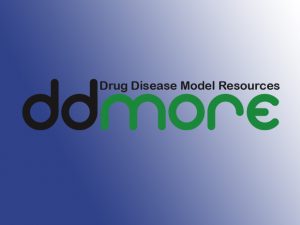
Computational modelling resource
New, open repository helps researchers share computational models of disease.
SCIENCE & TECHNOLOGY2014
sciencescience-technology
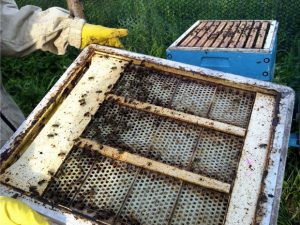
Looking for the beauty in science
How the author of a prize-winning project on bee travel ended up at a stem cells and cancer conference
LAB MATTERS2014
lab-matters
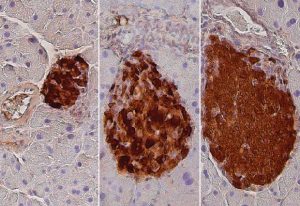
Protecting us from our cells
Growth factor IGF-1 boosts natural defence against type-1 diabetes and multiple sclerosis
SCIENCE & TECHNOLOGY2014
sciencescience-technology
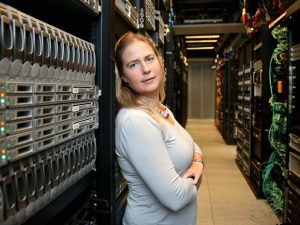
Awards & Honours
EMBL scientists regularly receive prestigious awards - meet the latest honourees
LAB MATTERS2014
lab-matters
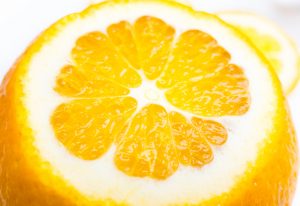
10 notable Hungarian scientists
From vitamin C to safe matches, a sample of notable scientists from our newest prospect member state.
PEOPLE & PERSPECTIVES2014
people-perspectivesscience
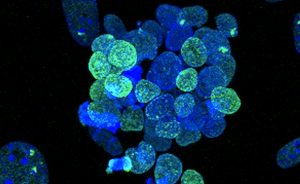
Major advance in stem cell technology
Researchers produce pristine stem cells, which can be precisely changed into clinically relevant cell types.
SCIENCE & TECHNOLOGY2014
sciencescience-technology
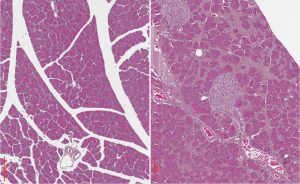
Unpacking iron overload
A rare form of an iron overload disorder kills pancreatic function, Heidelberg scientists find
SCIENCE & TECHNOLOGY2014
sciencescience-technology

The future’s bright
Surprising protein from a flu-like virus is 10 000th ESRF structure
SCIENCE & TECHNOLOGY2014
sciencescience-technology
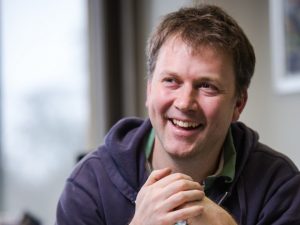
On target
A new EMBL-EBI biomedical initiative works to determine the best target proteins for new drugs.
CONNECTIONSLAB MATTERS2014
connectionslab-matters
Insights into genetics of cleft lip
How a DNA stretch influences face formation and contributes to common congenital malformations
SCIENCE & TECHNOLOGY2014
sciencescience-technology

HIV: hacking, immaturity and viruses
High-resolution structure reveals crucial interactions for HIV maturation
SCIENCE & TECHNOLOGY2014
sciencescience-technology
How immune cells use steroids
Genome Campus researchers discover that some immune cells turn themselves off by producing a steroid.
SCIENCE & TECHNOLOGY2014
sciencescience-technology
Tsetse fly genome sequenced
Tsetse fly genome sequenced; scientists hope to find new ways to control sleeping sickness.
SCIENCE & TECHNOLOGY2014
sciencescience-technology
New potential drug target in tuberculosis
Tuberculosis remains one of the deadliest threats to public health. Every year two million people die of the disease, which is caused by the microorganism Mycobacterium tuberculosis. Roughly one third of the world’s population is infected and more and more bacterial strains have developed…
SCIENCE & TECHNOLOGY2006
sciencescience-technology